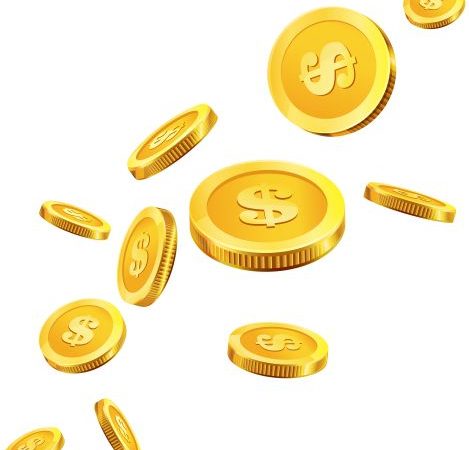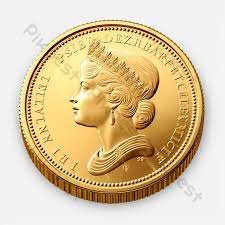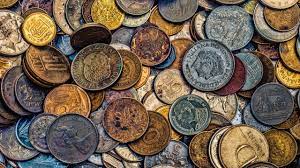We all know that ancient, commemorative and commemorative banknotes belong to valuable coins, but it may surprise many that those that have been issued in the last two decades can also be included in their number. The value of a coin on the collection market can increase due to the small circulation of the issue or differences in the impression that are almost imperceptible to the untrained eye. It is worth looking into the wallet – maybe there was just such a valuable round that is lying in the TOP 10 of the most expensive coins in Russia and which will probably exceed the cost of the rest of its contents.
1.5 rubles of the 1999 sample (300,000 rubles)
Why would a five-ruble coin issued in 1999 become so valuable? The fact is that so many of them have been stamped in the previous couple of years that they would have been enough for 10 years to come. Therefore, all coins issued in the next 10 years after 1998 were either small editions of souvenir sets, or test samples for checking the quality of stamps. The 1999 5-ruble coin was one such exception. Now there are only 4 copies of these coins on hand.
The owner of the coin, who put it up for auction of numismatists, received it as change when paying for the trip in the minibus. At first they did not believe him, but when the experts confirmed its authenticity (stamped by the St. Petersburg Mint), doubts were dispelled. Experts estimated the value of the coin at 300,000 ordinary rubles, which made it the most expensive of modern Russian coins.
This coin is made of copper, covered with cupronickel on top. The reverse is embossed with its digital face value and a stylized floral ornament. The obverse depicts the Russian coat of arms, and at the bottom there is the year of issue – 1999.
2.5 kopecks of the 1999 sample (300,000 rubles)
Nobody doubts the reliability of the existence of this coin. Once upon a time one Kemerovo numismatist dug in a sack with change and pulled out a similar coin. His attentiveness and demand on the numismatic market brought him 300,000 more “wooden” rubles.
This coin was from a trial batch issued in St. Petersburg to check new stamps. And it could get into circulation together with the sea of 5-kopeck coins of the 1998 model. After the ruble collapsed in 1998, the next year the issue of all denominations of coins was sharply curtailed, and collectors began to chase after this 5-kopeck coin. But since then they managed to get a little – only 5 coins.
3.5 rubles of the 2006 sample (300,000 rubles)
This is a real coin-myth, which many have heard about, but no one has been able to hold it in their hands. So far, numismatists can be content with only a high-quality enlarged photograph presented on the website of one of the numismatic auctions. Whether it is real or a fake is still unclear, as well as its owner is unknown.
4. Coins of 2011-12 issued by SPMD (300,000 rubles)
Coins issued during these years by the St. Petersburg Mint (SPMD) are not lagging behind in price. In addition to ordinary coins, SPMD also printed those denominations that were discontinued at the Moscow Mint (MMD), these include coins with denominations of 1 and 5 kopecks.
We managed to find very few such coins. In 2011, according to experts in the field of numismatics, SPMD minted only 5-6 sets of this trifle. It is likely that the enterprise needed to test a new stamp, for which it was enough to issue only a few sets of various denominations, and so that the coins did not go to waste, they were put into circulation. A similar story with a trial issue was repeated later in 2012, but then not a single kopeck or 5-kopeck leaked into circulation – most likely, someone intercepted the batch for their private collection.
5.10 rubles for the sample of 2013 (300,000 rubles)
A coin can skyrocket in value if it has a feature that is completely invisible to the average user. When we pick up change in our pocket, we don’t look at what the date stamped on it looks like. But it is precisely here that the reason for the rarity and fabulous value of the banknote is laid.
In 2013, they managed to issue 10-ruble coins of two varieties: in one, the numbers are depicted in the usual way, and in the second, they resemble a pre-revolutionary font. The former are only at face value, but the latter are incomparably more valuable. To find the difference, you need to consider the number “3” in the date 2013 – the lower part of its tail is straight, while in the usual version at the bottom it ends with a bold dot.
6. Coins of 2016 issued by SPMD (RUB 300,000)
What is the value of these almost new coins? In recent years, a division of labor has been achieved between the Moscow and St. Petersburg mints: if in the capital they began to issue only ordinary coins in huge numbers, then in the city on the Neva there are only anniversary ones. Therefore, the “common” coins issued by SPMD after 2016 began to be valued as numismatic. This applies to the entire set of coins in denominations from 1 to 10 rubles, produced in 2016.
Only one such set was found in the country, and then only with the help of the Internet auction Wolman, where for the first time collectors were able to see a lot of all ruble coins (1, 2, 5, 10) of the St. Petersburg Mint. A considerable sum was paid for it – almost 1.3 million rubles.
7.50 kopecks, 1 ruble and 5 rubles of the 2001 sample (100,000 rubles)
Officially, these banknotes have never been issued, but here’s the paradox – Russian numismatists are proud of their presence in their collections. These are extremely rare coins, so their cost can actually significantly exceed the above. Due to the uniqueness, there has been a significant number of coin counterfeits. For people far from numismatics, who are in the majority, it is difficult to distinguish the terribly rare and expensive 1-ruble coin of 2001 of ordinary minting from the commemorative ruble issued in the same year, dedicated to the 10th anniversary of the CIS, and costing only about 200 rubles.






Leave a Reply